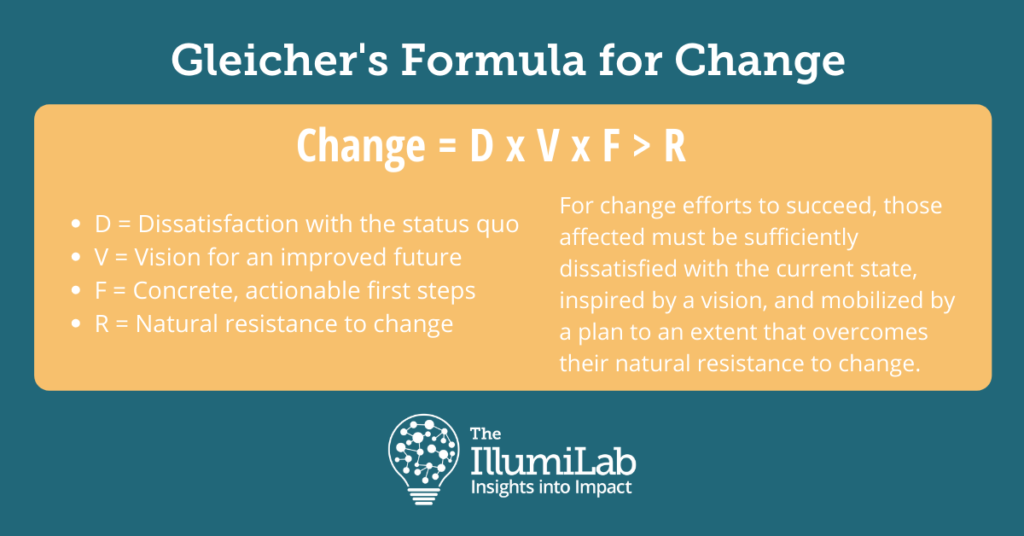The only constant is change, so they say. Nonprofits are constantly adapting to changing needs, demands, and circumstances. We react, adapt, pivot, and make do. It can be exhausting and unsettling. Change is so common and constant that we often fail to see it at all, much less recognize that it is something that needs to be managed. But if we manage it well, we can avoid some of the confusion, conflict, resistance, and resentment that change can bring.
In my experience, organizations often fail to recognize their various efforts as the significant changes they are, and so they don’t approach them with the thoughtfulness and intentionality that they should.
First, we need to see the change that is inherent in our efforts. In some cases, the change is obvious – a merger, leadership transition, or lay-offs. In those instances, we know we need to be thoughtful and plan carefully. But even seemingly “smaller” changes require careful planning. Anything that causes your team members to question their role or value in the organization, to change their working relationships and routines, to reconsider the purpose of their work, or to make sacrifices or extra efforts can create resistance, resentment, anxiety, tension, or conflict. Don’t underestimate how disruptive a change can be. Elicit concerns, questions, and implications early on.
Once we see the significance of a change, we need to manage it as well as we manage the project. We might manage the logistics of the change, that is the project, fairly well – the tasks, deadlines, budgets, etc. (See these posts on managing and planning projects as a team.) We need to be equally intentional about managing the motivations, messages, and feelings that come with the change. One short-hand tool for understanding the elements of change we need to manage is Gleicher’s Formula for Change.
Gleicher’s Formula makes clear our first few steps in managing change:

- Make the Case – In order for others to open their minds to the change, they need to first see a need for it. Make the case. As Kotter would say, create a sense of urgency. Articulate, or better yet, demonstrate, why the status quo is no longer good enough.
- Cast a Vision – In compelling and clear terms, describe what benefits and improvements the change will create. Don’t just speak in abstract terms. Speak to the “WIIFM” – what’s in it for me. How will their work be more efficient, impactful, and meaningful because of the change? How will the change make the organization stronger, healthier, and more impactful?
- Make it Manageable – At The IllumiLab, we are all about our three criteria: meaningful, measurable, and manageable. Operationalize the change. Be clear about where we begin. Make the change manageable.
- Anticipate and Mitigate Resistance – If you’ve done the first three steps, you’re already well on your way to reducing resistance. But it can’t hurt to anticipate it and head it off. We love the Forcefield Analysis tool for that. Check it out!
